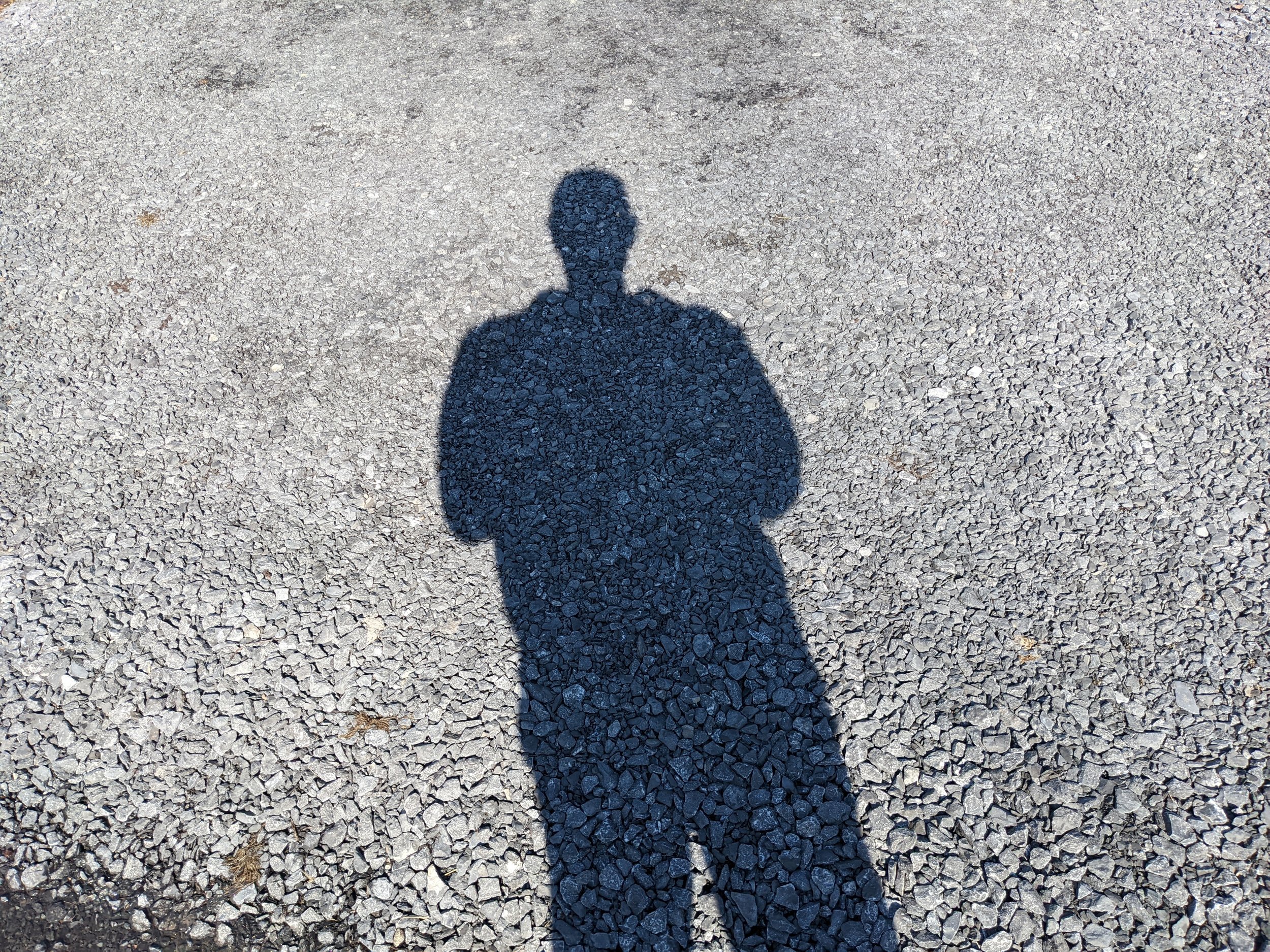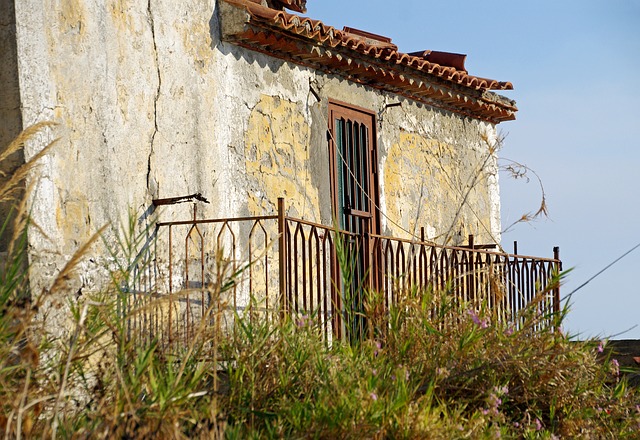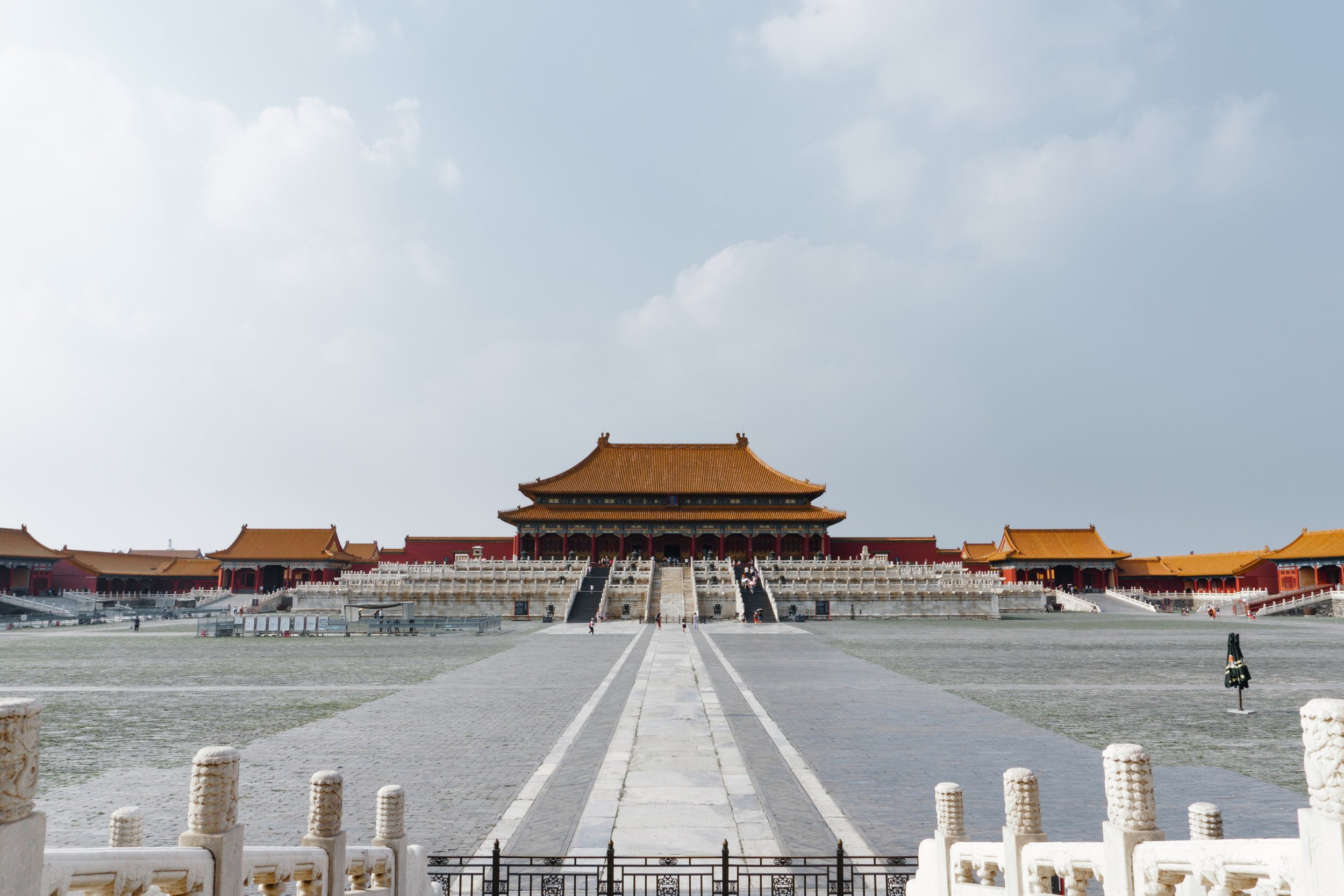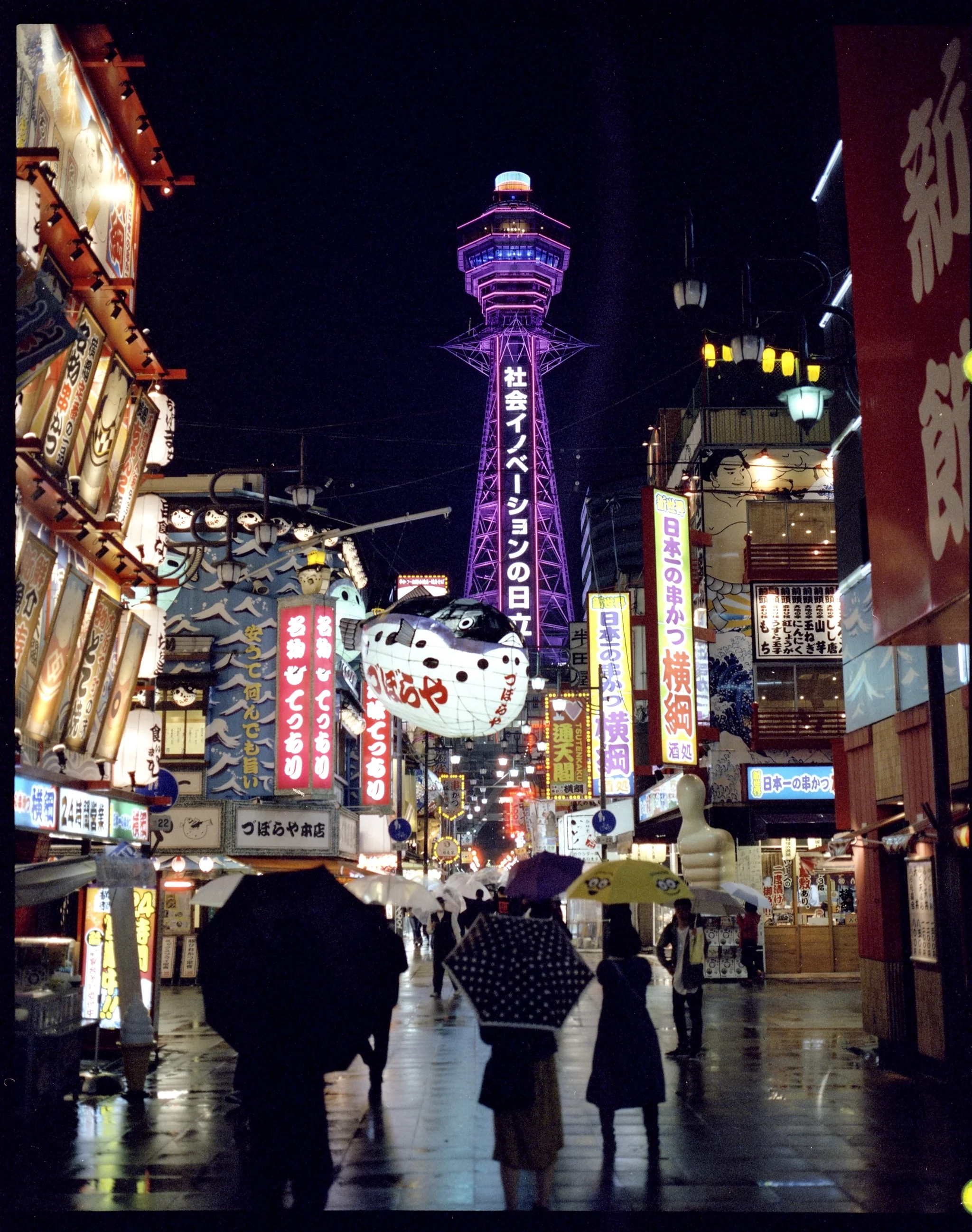Haya'a

Haya’a
Arabic, noun
Decency, modesty
When I was eight years old, my parents sold our mini-van, packed our furniture into a shipping container, and exchanged the sugar maple trees of Virginia for the caramel desert of Saudi Arabia. I left behind a world where everyone wore jeans, where clothing had no hidden agendas woven into the threads. The scale of the clothes I wore was a simple one, ranging from "uncomfortable but mom is making me wear it" to "it's my favorite favorite thing that I will wear every day until it falls apart."
My encounters with haya'a in Virginia were limited to lessons in manners. Little did I know that my journey with the word was only beginning and its meaning would evolve through each stage of my life. Haya'a, a common Arabic word, is often used in rebuke to remind you not to do something that is socially or morally inappropriate. As an eight-year-old growing up in a conservative family, I heard the word when I was told to wear leggings under my dress so that I could be modest while swinging on the monkey bars.
Everything was different in Riyadh. Gone were the jean overalls dusted with the sidewalk chalk of Virginia. In Riyadh, the way you wrapped your scarf was tied to social class. In Virginia, I’d worn the hijab in an easy pull with lace trim, and it wasn’t until I heard the whispers of my new classmates that I understood that this style in Riyadh was associated with the help—foreign domestic workers who had physical labor to undertake and wore the hijab this way for its ease and efficiency.
I was immediately flagged as foreign, as lacking style, but my mother only allowed the pull-on hijab because it permits a child to freely move and play. I spoke neither the language of fashion nor Arabic well enough to understand these new social rules. So I deferred to my mother as I struggled to decipher what to wear. When I asked my mother why we wore black abayas to cover up our jeans, and why some women wore open abayas that allowed pops of color to peek through as they walked, why some wore closed abayas while others draped them over their head instead of their shoulders, and why foreign non-Muslim women who didn't wear a scarf still wore an abaya, she would say “haya'a.” Dumbfounded, I didn't ask further, and as a quiet child, I chose to observe instead.
“I spoke neither the language of fashion nor Arabic well enough to understand these new social rules.”
Everything in Riyadh was oversized, with sprawling buildings and malls stretching as though trying to fill the vastness of the desert. Haya'a extended to the billboards and shopfronts along the city's oversized streets. None of the images had a single picture of a woman. It was a stark contrast from the U.S., where I’d gotten used to seeing the female body used in advertising. Here, it wasn’t haya’a for the female form to be seen in this way.
The architecture, with its ornate villas, glass skyscrapers, and themed malls, was more varied than the clothing people wore. All the women wore black abayas, varying in their cut and design, some with a niqab covering their face, others without. All the men wore white dress thobes with signature Saudi structured collars and slightly see-through material, and red shmagh scarves on their heads, artfully starched and draped with black ogals holding them in place. It was a monastic simplicity and unity in color that contradicted the variance in the bright colors of their cars and the bold red and gold detailing of their homes. I concluded at that age that haya'a meant long monochromatic dresses that covered the body for everyone. There were specific rules about what was socially appropriate to wear at what age, and in what context. Modest clothing but no abaya for children. Abaya over outfits for pre-teens. Abaya and scarf for teens. More stringent abaya and hijab (or niqab) for adult women.
All these rules disappeared in female-only spaces. My school was one of these bubbles, hidden away from the male gaze. Men were not allowed in, and every single staff member, whether security personnel or teachers or the lunch staff, were women. There were larger bubbles: women-only theme parks, beaches, supermarkets, country clubs, spas, restaurants, and cafés, where all the staff and visitors were women. In this magical land, all the meanings of haya'a I had learnt or deduced no longer made sense. When it's a women-only space, none of the dress-code rules applied. These spaces weren't secret and were well established thriving businesses, yet still whenever anyone mentions underground culture, this is the world I think about. The entry to these spaces was always a winding two-turn maze where women transformed. They entered with black abayas and wrapped scarves, and emerged on the other side with cascading curls and a rainbow of colorful outfits that belonged in any festival, runway, or high-street fashion.
The first time I saw this was on a cool evening during my second Saudi winter. My mother took me along as she went to spend time with her friends. It felt like a sigh, a release of tension I didn't know I had been holding. I was able to run freely in the grass without my mother asking me to stay close to her, able to walk around the mall on my own to buy halal peel-off nail polish, and able to buy curly fries in a cone drenched in ketchup before riding the tower drop theme park ride. In this world of women, where a feeling of safety permeated, no one spoke about haya’a.
*
After living in Riyadh for three years, my family moved to Abu Dhabi. It felt like the best parts of Virginia and Riyadh combined, where being Muslim and wearing a hijab wasn’t weird, but neither was wearing jeans. I was back in the refuge of international schools, the home of the diaspora, where my friends were Syrian-American, Palestinian-American, and fill-in-the-blank-American, unlike our Canadian or Australian friends who didn’t hyphenate. They knew of haya'a, too. We shared sayings from our mothers: "All haya’a is good" and "Haya’a is part of and emerges from faith."
“When I couldn’t find a definition for the word from society, I finally turned to the root word in Arabic. Haya’a comes from the root word hayat, meaning life.”
My friends understood when I complained to them that my parents kept having me buy bigger and bigger sizes of my karate uniform until I wore the same size as the sensei and it still wasn't haya'a enough because an upper kick revealed that I had legs. They understood the rules of being allowed to wear a t-shirt at home but not a tank top or capris or shorts. It was a confusing time. We had to balance an ever-changing landscape of fashion that felt authentic to our teenage identity with what haya’a dictated was appropriate to wear. I’d wear jeans underneath a closed abaya dress, then hold the dress up with my left hand along my thigh as I walked. Or I would wear a fitted shirt tucked into my skirt with an oversized cardigan that got the outfit approved by my parents but could easily be removed. My friends who were allowed to wear jeans with a knee-length top would wear a belt on top, then, once away from their parents, would lift and drape the shirt over the belt to shorten it to mid-thigh. Haya'a at that time meant outfits that weren't attractive or sexy. It seemed to mean wearing oversized and overly modest clothing that would have us dismissed by whoever we had crushes on as too conservative to flirt with.
My friends and I commiserated about it. We held dinner parties where clothing became an art form, an expressive medium, and an underground trade. We spoke the language of liberty and equated haya'a with shame. It was a tool of the regime of adults seeking to rid us of glitter liner and spiked goth bracelets, blue hair, and Lizzy McGuire jeans. To us at that time, being free meant rejecting haya’a, and being able to wear whatever we wanted to wear. We wanted to be able to declare our teenage identity to the world through the clothing we wore. Instead, we were stuck feeling like our outsides did not match our insides.
Now in my late twenties, having traveled the world and found a sense of who I am, I have a different understanding of haya'a. So much of its interpretation growing up was tied to social perception and how you are seen by the world around you. Its meaning went from manners and social propriety to covering up for protection and blending in, to preserving the purity of a girl. When I couldn't find a definition for the word from society, I finally turned to the root word in Arabic. Haya'a comes from the root word hayat, meaning life.
Haya'a means the aliveness of the soul. My teenage self was partly right in her rejection of haya’a. True haya’a comes from within. It can not be externally enforced, no matter how many lectures a person receives, how many compliant nods they give. It isn’t quite shame, nor is it guilt. Instead, it exists within a person, and prevents them from breaking their integrity. It transcends fickle human whims and approval-seeking.
Guided by this understanding of haya'a as consciousness, I now wear whatever I want. My clothes are a creative outlet where styling is a chance to experiment with identities, emotions, and cultural influences. People may approve or disapprove of what I wear, but as long as I am guided by inspiration rather than fear, then it doesn't matter. I wear the hijab because it reminds me to transcend vanity and social approval, but I style it differently based on how I feel each day. Some days, I wear a floral dress with a chunky black leather and chain belt and combat boots, and on others I wear fitted trousers, a statement blazer, and heels. Some of my friends still wear the hijab, while others have removed it from their wardrobes, some permanently and others only for a little while. Yet all of us now understand that haya’a means being intentional about how we interact with society, rather than merely reacting to it.
ABOUT THE AUTHOR
Jihad Bnimoussa is a Moroccan American psychologist and founder of InspireCorp, a mental health social enterprise in the MENA region specialized in building high-impact mental health prevention programs using a resilience approach. Her work reaches thousands of teachers and social workers, and 8 million youth in Morocco. She is a Youth Advisor for Being-Grand Challenges Canada, a Stanford AMENDS Fellow, and an Atlantic Dialogues Emerging Leader, has presented her work in UK Parliament, MISK Global Forum, TEDxYouth, and other international forums. Her work has been featured through various press outlets including BBC radio, Women in Leadership Magazine, Medi1TV, Morocco World News and Hespress.
Read Jihad'’s “Behind the Essay” interview in our newsletter.
Header photo by Habib Dadkhah.
Edited by Carey Baraka.










